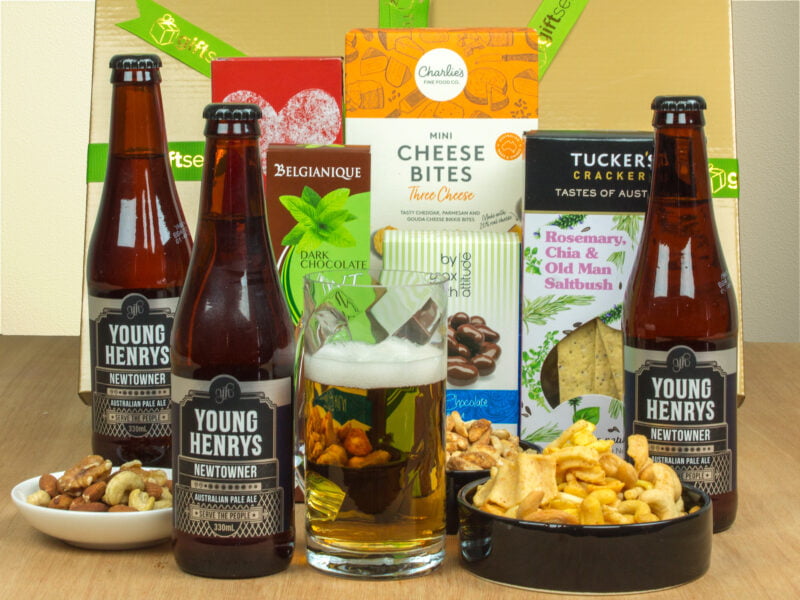When you’re packing a gift basket for a wine lover, the first thing you think about is the bottle itself. But if the wine starts to taste like a forgotten cellar, even the best vintage can feel like a bad joke. This guide will walk you through practical steps to keep that bottle crisp, cool, and ready to impress. We’ll cover everything from the right packaging materials to the ideal storage temperature, so you can give a gift that stays as fresh as the day it was poured.
Choosing the Right Wine for a Gift Basket
Before you even think about preservation, pick a wine that will survive a bit of travel. Not every bottle is created equal when it comes to shipping.

Opt for Bottles with Robust Packaging
- Topped‑up corks keep the wine sealed better than standard corks. Borosilicate glass resists temperature changes and is less likely to crack. Wine bags with insulation add an extra layer of protection against heat.
Pick a Wine with a Longer Shelf Life
- Red blends often hold up better during transit than delicate whites. Sparkling wines should be kept flat to avoid pressure changes. Rosé is surprisingly resilient if kept cool.
The Anecdote
I once sent a friend a bottle of aged Bordeaux in a plain basket. He opened it after a week and declared, “It tastes like a forgotten attic.” A quick switch to a cooler, insulated basket turned that frown into a sigh of relief. Moral: the right container is as important as the wine itself.
Packing Techniques That Keep the Wine Fresh
Once you’ve chosen the bottle, the next step is packing. Think of the basket as a tiny, portable climate control unit.
Use Insulating Materials
- Foam inserts wrap around the bottle, absorbing shock. Thermal blankets keep the temperature steady. Ice packs (but not directly on the bottle) can be placed strategically.
Position the Bottle Correctly
- Place the bottle upright to avoid pressure on the cork. Keep it away from the basket’s edges to reduce impact. Surround it with soft padding—think shredded paper or fabric.
The Quote
“Good packaging is the unsung hero of a gift,” says wine educator Maria Rossi. “It protects the bottle’s soul during its journey.”
Temperature Control: The Secret Ingredient
Wine is a living thing, and like all living things, it thrives in the right environment. Temperature swings can turn a fine wine into a flat, flavorless mess.
Keep It Cool, Not Cold
- Ideal range: 45‑55°F (7‑13°C). Avoid temperatures below 40°F; wine can freeze, damaging the cork. Avoid temperatures above 60°F; heat accelerates oxidation.
Use a Portable Cooler
- A small, insulated cooler with a built‑in thermometer keeps the bottle at a steady temperature. Add a gel pack that can be chilled in a freezer before use.
Avoid Direct Sunlight
- Sunlight can raise the temperature and degrade the wine’s bouquet. Wrap the basket in a light‑blocking fabric if it will be exposed to daylight.
Rhetorical Question
Ever wondered why a wine that’s been left in a hot car tastes like it’s been through a sauna? The answer lies in temperature—simple, but often overlooked.
The Role of the Basket’s Design
A basket’s shape and material can either help or hinder the wine’s freshness. Think of the basket as a small greenhouse.
Choose a Basket with Ventilation
- Mesh baskets allow airflow, preventing heat buildup. Rigid containers with a lid can trap heat—avoid them for hot climates.
Opt for a Basket That Stays Upright
- A basket that tips can crush the bottle or disturb the cork. Look for stable, weighted bases or choose a wooden crate that stays level.
Add a Protective Layer
- Place a soft fabric or a towel at the bottom before adding the bottle. This cushion absorbs shocks and adds a layer of insulation.
Final Touches: Adding a Personal Touch
Once the wine is secure and temperature‑controlled, finish the basket with thoughtful extras that complement the bottle without compromising its freshness.
Complementary Items
- Wine glasses (avoid glass that can break easily). A small bottle opener that fits the wine’s cork type. A handwritten note explaining the wine’s origin and tasting notes.
Avoid Heavy, Moist Items
- Heavy cheeses or damp crackers can create excess moisture. Keep such items separate or in a separate compartment.
The Perfect Gift Awaits
By combining the right bottle, smart packing, temperature control, and a thoughtful design, you can deliver a wine that stays fresh and tastes as intended. Your gift basket will not only look appealing but will also honor the wine’s integrity, ensuring gourmet gift baskets the recipient enjoys a truly memorable experience.
Remember, the key is to treat the wine like a delicate traveler—provide a sturdy, insulated vehicle, keep it cool, and watch it arrive in perfect condition. Your careful planning will leave a lasting impression, and who knows? Your basket might even spark a new appreciation for the art of wine gifting.
